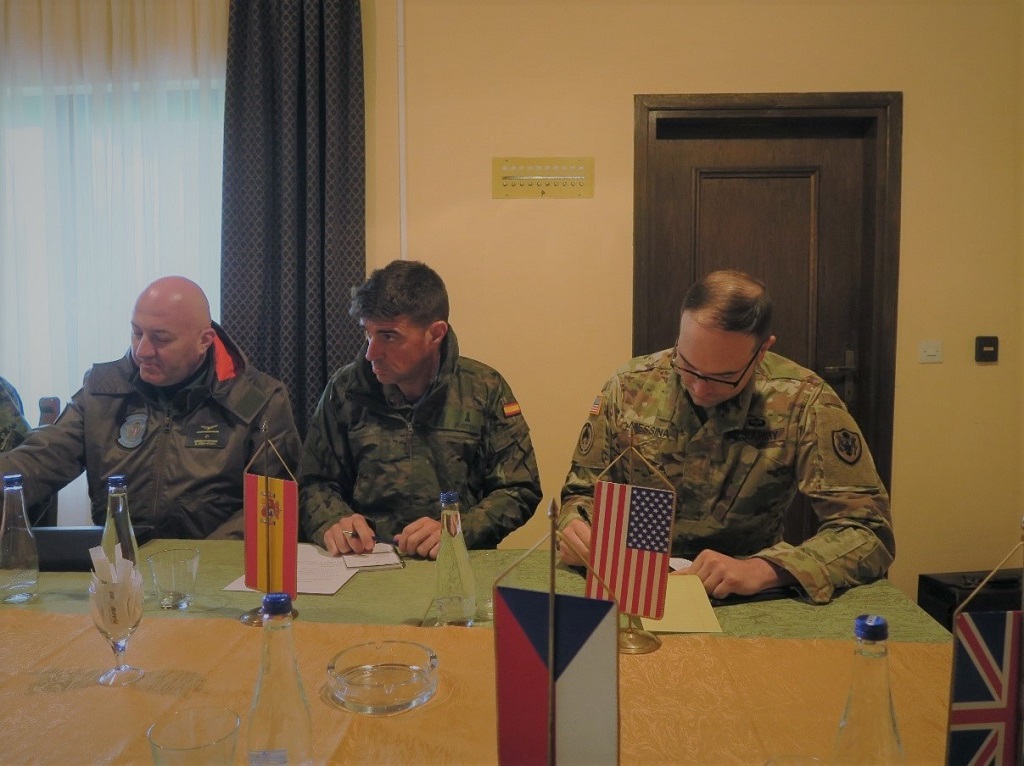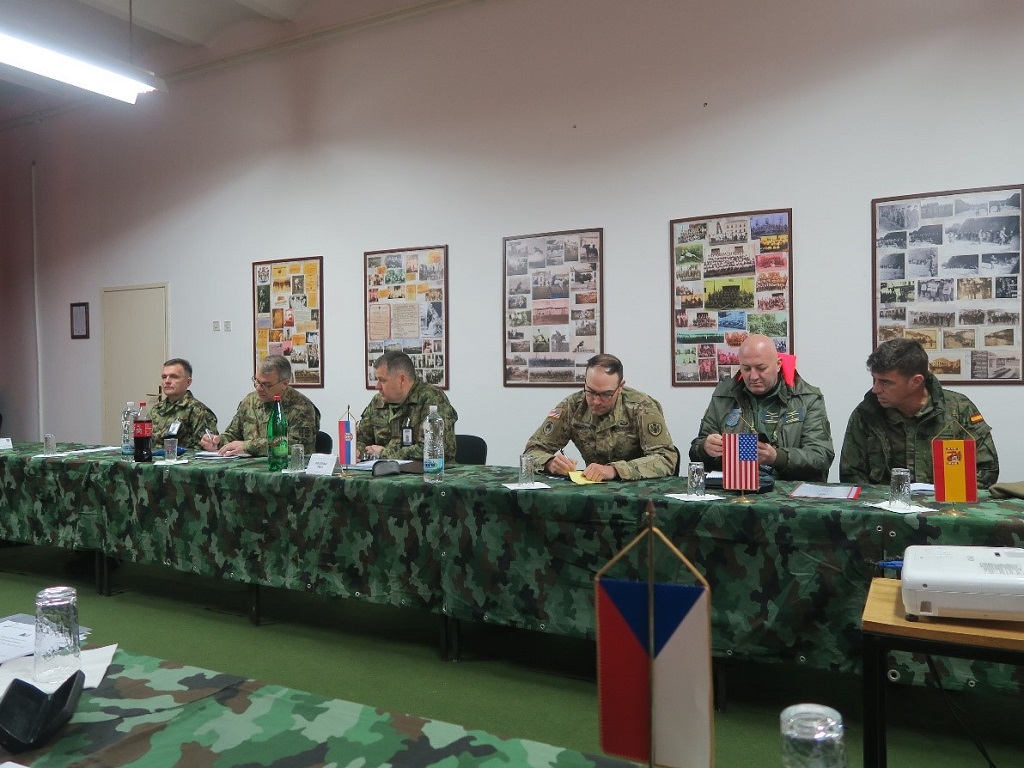
A member of the Spanish Verification Unit participates in an inspection of Bosnia and Herzegovina in Serbia
- Master sergeant Ramón Fuster Menchón has been part of the team as a guest observer of the OSCE
The Spanish Verification Unit has been part of the team that has carried out an audit under the Dayton Agreements in Serbia. Master Sergeant Fuster Menchón was part of the Serbian guard team, together with the US invited observer.
During the first day of work, and after a welcome briefing and introduction of the rest of the escort team at the Serbian Verification Unit, the whole team proceeded to the border with Bosnia and Herzegovina northwest of Belgrade at Granični Prelaz Sremska Račapara. At the border checkpoint, the escort team met with the Bosnian inspection team, which integrated the invited monitors from the United Kingdom and the Czech Republic. After the initial meeting, the 2nd Stockpile Battalion, located at Smederevska Palanka, about 70 km southeast of Belgrade, was assigned as the unit to be inspected.
The next day, the escort and inspection teams moved to the Unit to be inspected where they were met by the unit's Commanding Lieutenant Colonel. After an initial briefing, the inspection began and was performed in accordance with the Dayton Agreement, with full cooperation and transparency on both sides.
The General Framework Agreement for Peace in Bosnia and Herzegovina, also known as the Dayton Agreement, includes in Article IV of Annex 1B (agreement on regional stabilisation) the implementation of inspections between Serbia, Montenegro, Croatia and Bosnia, based on the model of the Conventional Armed Forces in Europe (CFE) treaty regime.
The purpose of the inspections is to verify the data on weaponry limited by the Agreements that is found in the objects of inspection. Both the numbers of arms and the objects of inspection are provided by each State Party to the Agreements to the others through annual exchanges of information. These inspections are carried out by a team of four to nine inspectors, assisted by an escort team. Each team is joined by one or two OSCE observers, usually stationed in the verification units of OSCE member countries.
Fotos



